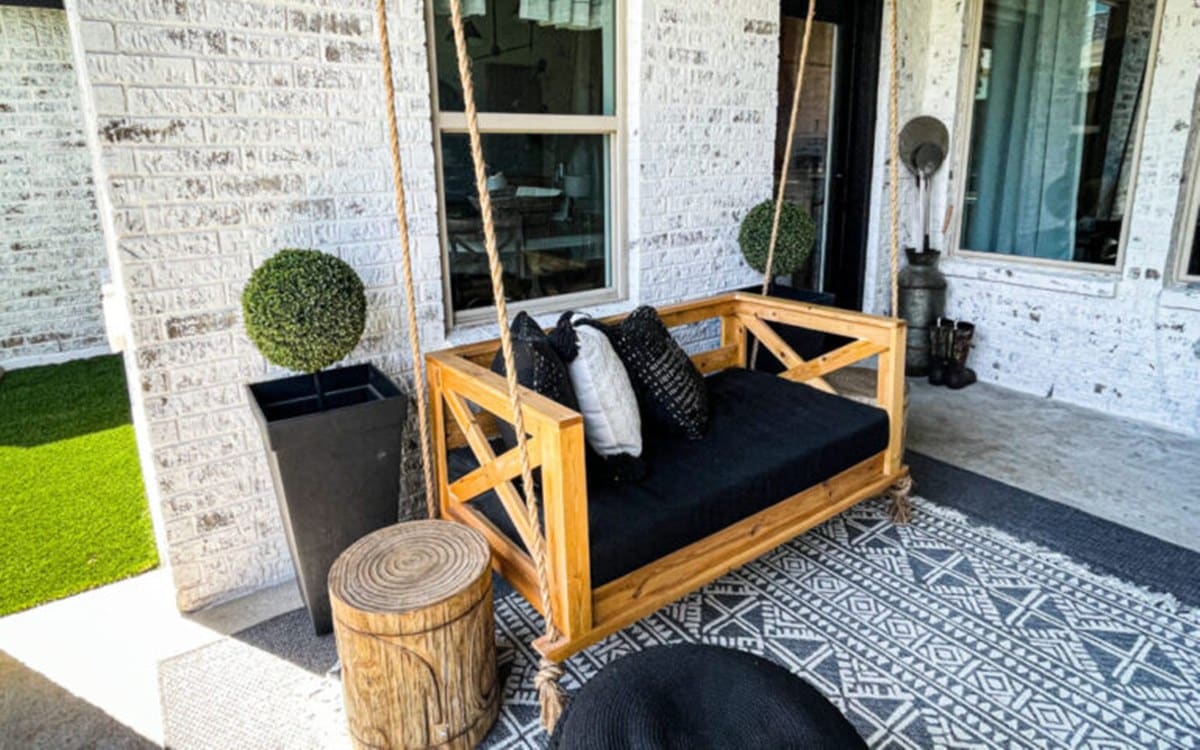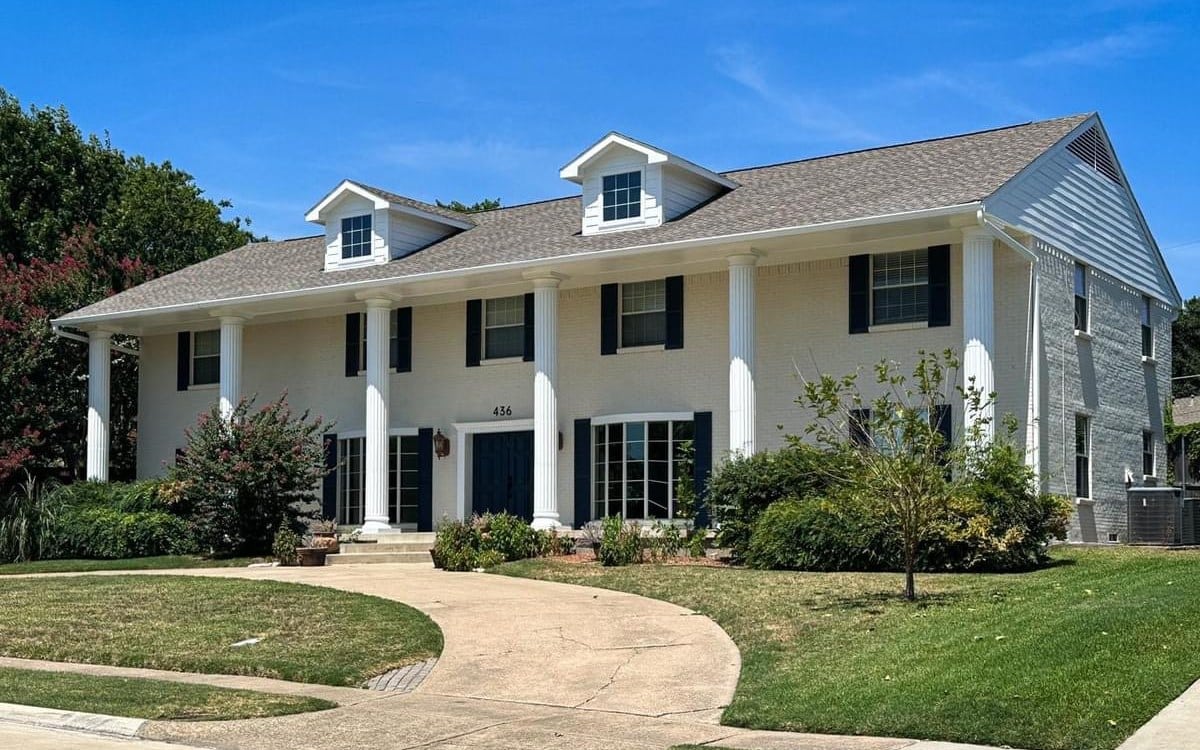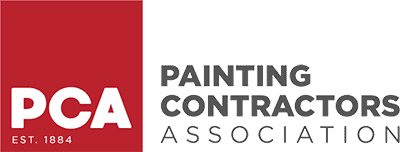If you’re researching lime wash services and wondering whether they’re worth the hype, you’ve come to the right place. Many homeowners are weighing their options in the ongoing debate of limewash vs regular paint, especially when trying to strike the right balance between beauty, durability, and eco-friendliness.
In this article, we will break down the key differences between limewash and regular paint—covering appearance, durability, cost, and ideal use cases—so you can make the best choice for your home.
Key Takeaways:
- Limewash is made from crushed limestone and water, making it natural and breathable.
- Regular paint offers a wide range of colors and finishes, but it can seal walls and trap moisture.
- Limewash develops a unique patina over time, while regular paint maintains a consistent appearance.
- Limewash is more eco-friendly but may require more frequent touch-ups.
- Choosing between the two depends on your home’s surface, climate, and aesthetic goals.

What Is Limewash, Exactly?
Limewash is one of the oldest forms of paint, dating back thousands of years. It’s made from limestone that’s been crushed, burned, and mixed with water. The result? A creamy, matte finish that’s breathable, antibacterial, and environmentally friendly. Limewash is often used on brick, stucco, and other porous surfaces, and it’s known for its soft, velvety look that seems to change subtly with the light.
How Does Regular Paint Compare?
Regular paint—whether it’s latex, acrylic, or oil-based—is the standard go-to for most homeowners. It’s designed to create a sealed, durable layer on just about any surface. You get consistent color, a wide range of finishes (matte to high gloss), and strong resistance to stains and wear. But that also means it traps moisture, which can cause issues on surfaces like brick or plaster.
Aesthetic Differences: Character vs. Consistency
Limewash gives your walls a lived-in, European charm. It’s intentionally imperfect and evolves over time, developing a patina that adds character. If you want something with depth and softness, limewash is your friend.
On the flip side, regular paint is all about consistency. What you see is what you get—and what you’ll keep seeing. That’s great if you want a clean, modern look without surprises.
Durability and Maintenance
Regular paint is durable and low-maintenance, especially on interior drywall. Exterior applications also stand up well to weather, though they might fade over time.
Limewash, while breathable and mold-resistant, is more delicate. On exterior surfaces, it might need reapplication every few years. Indoors, it holds up well if not exposed to constant touching or abrasion.
Cost Considerations
Limewash is usually cheaper per gallon than premium paint, but you may need more coats or more frequent applications. Hiring professionals for lime wash services can also impact your budget, especially for intricate or large-scale jobs.
Regular paint comes in a huge price range depending on quality, brand, and type. And because it’s so common, labor costs for application are generally lower and more predictable.
Environmental Impact
Limewash wins the eco-friendly contest hands down. It’s made from natural materials, emits no VOCs (volatile organic compounds), and breaks down harmlessly over time.
Regular paints often contain chemicals and VOCs, which can affect indoor air quality. However, many brands now offer low-VOC or no-VOC options, so it’s easier to find eco-conscious paint than it used to be.

When to Choose Limewash
- You have a brick or stucco exterior. These materials are porous and allow limewash to penetrate and bond effectively, creating a finish that’s both beautiful and long-lasting.
- You want a natural, aged look with texture. Limewash creates subtle variations in color and tone, giving your walls a soft, weathered appearance that adds character and depth over time.
- You’re focused on breathability and eco-friendliness. Limewash allows walls to breathe, reducing the risk of trapped moisture and mold, and it’s made from natural ingredients with no harmful VOCs.
- You’re okay with more frequent maintenance. Limewash may require touch-ups every few years, especially on exterior surfaces, but many homeowners see this as a fair trade-off for its unique look and environmental benefits.
When to Choose Regular Paint
- You want a wide variety of color and sheen options. Regular paint offers virtually unlimited colors and finishes—from flat matte to high gloss—allowing for precise design choices that match your personal style and decor.
- You need maximum durability with minimal maintenance. Once applied, regular paint forms a tough protective layer that resists everyday wear and tear, making it ideal for high-traffic areas and busy households.
- You’re working with smooth drywall or non-porous surfaces. Regular paint adheres well to these surfaces, providing a clean, even coat without the need for special treatments or underlayers.
- You prefer a uniform, polished appearance. Unlike limewash, which has natural variations, regular paint delivers a consistent, flawless finish that stays true to its original look over time.
Final Verdict: Limewash vs Regular Paint
The choice between limewash and regular paint depends on your priorities. If you value natural materials, subtle beauty, and historical charm, limewash is a standout option—especially when applied by experienced lime wash services. If you’re after color precision, long-term durability, and low upkeep, regular paint is probably the better fit.
Looking to Refresh Your Walls?
Whether you’re dreaming of a rustic limewashed charm or a bold, modern refresh, Highland Painting is here to craft a look that truly reflects your personality and space. Our expert team specializes in both limewash and traditional painting techniques, tailored to your home and your style. Don’t wait to transform your space—call us today at 469-642-0972 to schedule your consultation and discover the finish that’s just right for you.



